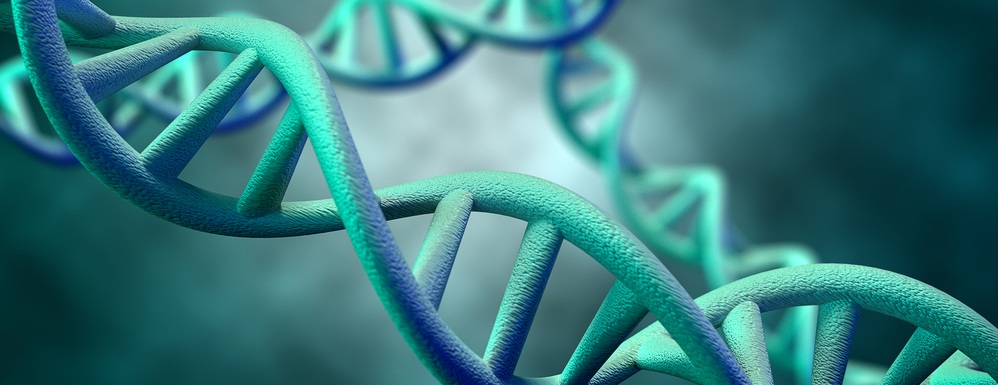March 11, 2025

The field of neuromuscular disorders is on the cusp of a revolution, driven by innovative breakthroughs and cutting-edge therapeutic developments. As the Muscular Dystrophy Association MDA 2025 Clinical & Scientific Conference(March 16-19) approaches, it’s clear that we are entering an era of transformative therapies for these challenging conditions.
Duchenne muscular dystrophy (DMD) is a devastating genetic disorder that primarily affects young boys, causing progressive muscle weakness and loss of function. It affects approximately 1 in 5,000 boys in North America and is caused by a mutation in the gene responsible for producing dystrophin, a crucial protein that helps maintain muscle integrity and function throughout the body, heart, and respiratory system.
One of the most exciting developments in treating this disorder has been in the realm of gene therapies. In 2023, the FDA approved SRP-9001 (Elevidys; Sarepta Therapeutics) as the first gene therapy for DMD, which delivers a “micro-dystrophin” gene to cells. Micro-dystrophin is about 1/3 the size of full-length dystrophin but is still able to rescue significant lost function in muscle cells. This treatment has delivered substantial improvements to patients, but it’s not a cure, with best outcomes seen in young children.
Building on the success of Elevidys, researchers at Indiana University School of Medicine have developed a novel triple-AAV vector system that can deliver the full-length dystrophin protein into muscles, offering significant advantages over current truncated versions. Both treatments insert a functional version of the gene, but do not actually eliminate or correct the underlying mutation. Researchers in the Ronald Cohn and Zhenya Ivakine labs at the The Hospital for Sick Children in Toronto are working towards a more definitive approach: directly removing or repairing the mutation itself.
In an upcoming poster presentation at MDA 2025, they will be showcasing their recent breakthrough in refining a novel CRISPR-inspired tool that uses AAVs to deliver a small “editor” to repair mutated genes. Tests in a DMD mouse model found it to be efficient at correcting the mutation, particularly in heart muscles. While this technology is in its infancy, and is currently limited to specific types of mutations, it is setting the stage for more advanced tools that can remove or repair bad genes.
However, gene therapy faces challenges, particularly with adeno-associated viruses (AAVs), which are currently the most effective vectors for delivering therapeutic genes. AAVs are small, non-disease-causing viruses that can efficiently enter cells and integrate genetic material to the nucleus. However, they have two main limitations. The first is their payload size: AAVs can only deliver a limited amount of genetic material. The second limitation is related to the immune response, as many people either develop or have pre-existing antibodies against AAVs, triggering an immune response that neutralizes the AAV before it can deliver its payload. To address these challenges, researchers are exploring several strategies, including:
Additionally, AAV-delivered therapies are typically very expensive due to the cost of producing the vectors in sufficient quantities for treatment. Companies like Virica Biotech in Ottawa, are working to improve viral vector production, making gene therapies more accessible.
Imagine genes as instruction manuals for building proteins. In Duchenne muscular dystrophy (DMD), some pages (exons) in the dystrophin gene manual are faulty, stopping the body from making the crucial dystrophin protein correctly. Exon skipping, (aka Antisense therapy) is like telling the body to skip these problematic pages, allowing it to make a shorter but still useful version of the protein.
Scientists are making progress in two key areas:
These advances could lead to more effective treatments for a wider range of DMD patients, offering new hope in managing this challenging disease.
Functional dystrophin proteins protect muscle fibers, and in DMD, their absence leads to increased susceptibility to contraction-induced damage and breakdown, particularly in fast-twitch muscles.
Muscle Contraction Modulators have emerged as a promising therapeutic approach for DMD. Sevasemten, an investigational fast skeletal myosin inhibitor developed by Edgewise Therapeutics, has garnered attention for its potential to limit muscle damage resulting from functional dystrophin deficits. Initially studied in Becker muscular dystrophy, a milder form of muscular dystrophy, it is now being investigated for DMD as well. By selectively inhibiting fast skeletal muscle contraction, Sevasemten aims to protect muscle fibers from excessive mechanical stress and subsequent damage, potentially slowing disease progression in both Becker and Duchenne muscular dystrophies.
Companies like Capricor Therapeutics, Inc. are exploring cell-based approaches, using mesenchymal stem cells to target both cardiac and skeletal muscle in DMD patients. These therapies represent a novel avenue for treating neuromuscular disorders at the cellular level.
Despite these advancements, challenges remain, including access to treatment, cost, reimbursement, and the need for personalized treatment strategies, especially for older patients. As we look towards the 2025 MDA Clinical & Scientific Conference, it’s clear that the field of neuromuscular disorders is at an exciting juncture. From gene therapies to muscle-targeted approaches and cell-based treatments, the pipeline of potential therapies for DMD and other muscular dystrophies is more robust than ever. With continued collaboration and innovation, we can look forward to even more transformative treatments in the years to come.